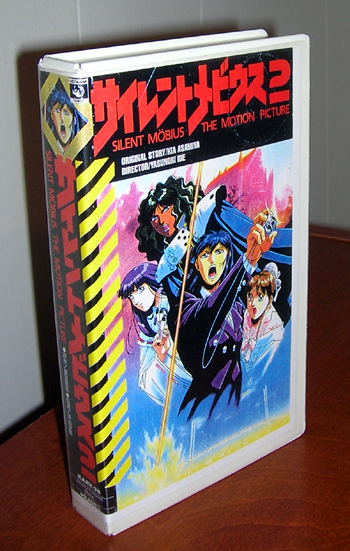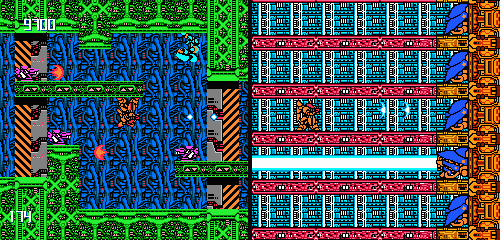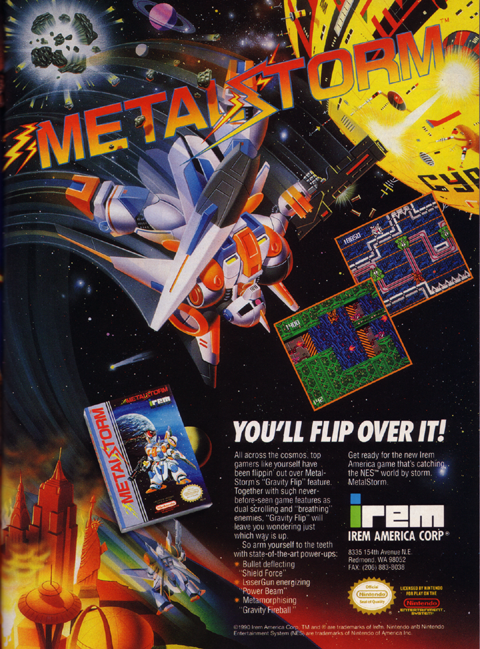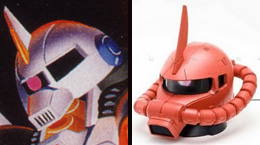I was dimly aware that there was a large community of people peddling tapes of anime that you couldn’t find at Suncoast, but I didn’t care as long as I could freely rent Dangaioh, Gunsmith Cats, El-Hazard, Blue Seed, Urusei Yatsura, Angel Cop, and whatever else the comic store bothered to stock. Then my sister went to a comic convention and returned with one of those “fansubs.” It was Street Fighter II: The Animated Movie, only this version had Japanese dialogue, Chun-Li’s uncensored shower scene, the original lawsuit-friendly character names, and a soundtrack free of Alice in Chains. It also came with a flyer listing a bunch of other tapes offered by a fansub distributor.
So I look over the titles, and something jumps out at me. Why, they have the sequel to that Silent Möbius movie I oh-so-vaguely enjoyed! And it’s only $19.99! That’s a steal for something that’s only available in Japan! I’m ordering that right now!

Yes, it was a massive rip-off in several ways, though at least the tape came in a clamshell with a Xerox of the movie’s Japanese packaging. That way I could see that this thing cost about $98 in Japan, making a $20 price tag seem a bargain at the time. Of course, it wasn’t long before I ventured online and learned that a lot of fans just traded fansubs, and that most of the people who flat-out sold them charged about seven bucks per tape.
And what about Silent Möbius: The Motion Picture 2? Disappointing. Silent Möbius is and always was a cliché carnival about women hunting slimy trans-dimensional invaders in rainy future Tokyo, but the original Silent Möbius: The Motion Picture had some slickly animated battles. The second film is much slower, featuring more of reluctant heroine Katsumi Liqueur whining about the exact same things she whined about (and seemingly got over) in the first movie. It also makes the mistake of humanizing the Lucifer Hawks, the other-dimensional antagonists of the series. The first movie keeps them as slavering monstrosities beyond humanity's realm, sorta like a low-caliber Lovecraft story with generic anime women instead of virulent racism. Silent Möbius 2 makes the Lucifer Hawks more like the angry, conniving demons found in just about every anime ever made, robbing itself of a good chunk of novelty.
It’s a different world today. No one cares much about Silent Möbius, fansubs are so plentiful online that they overwhelm the official anime publishers, and VHS bootlegs like this are just quaintly embarrassing pieces of nostalgia. There’s certainly nothing else interesting about my blurry old copy. It was subbed by “E. Monsoon Productions,” a name that now brings up only a few lists of obsessive anime fans’ videotape collections.
The anime nerd that I was can take comfort that Silent Möbius: The Motion Picture 2 wasn’t officially released in North America until years after he paid for his pricey fansub. Bandai brought both films to DVD in 2008, redubbing the first one and unwisely not selling the two movies together. I didn’t bother buying them, as I was hurting for money and my interest in Silent Möbius 2 had faded by then. Perhaps I knew that I’d already spent too much on it.








